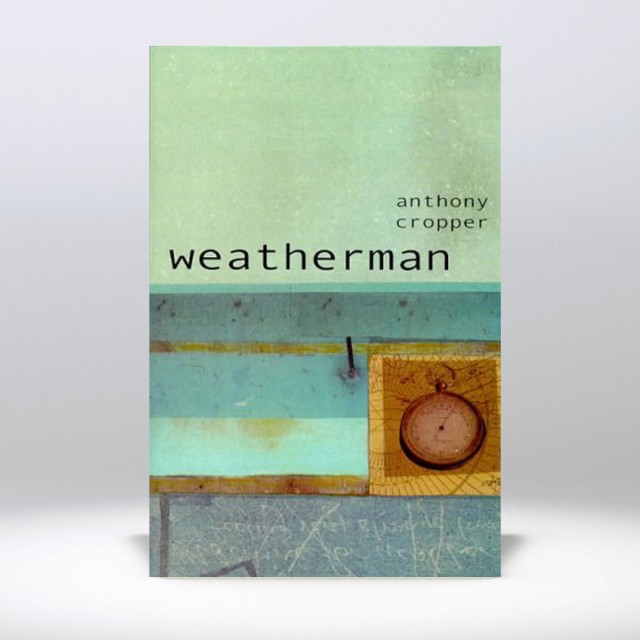Jack and Sal
Jack and Sal are two people drifting in and out of love. Jack searches for clues, for a pattern, for an explanation to life’s events. Anthony Cropper has created a delicately detailed account of a troubled relationship, with a series of micro-stories and incidents that recount the intimate lies, loves and lives of Jack and Sal and their close friend Paula..
Read More

